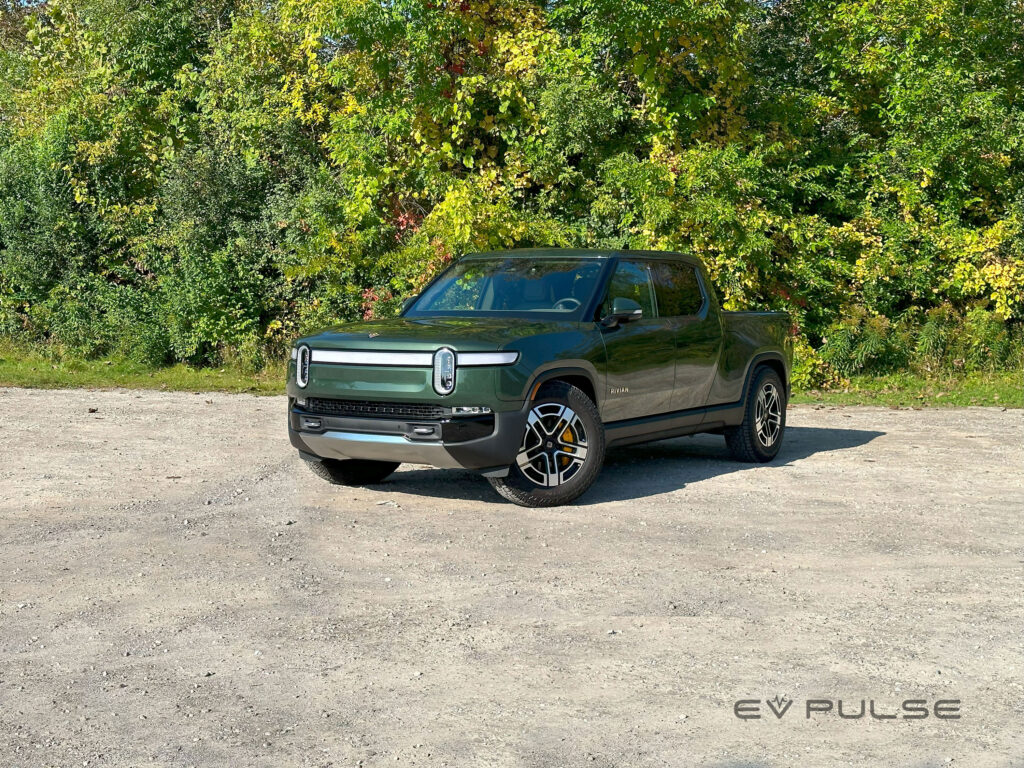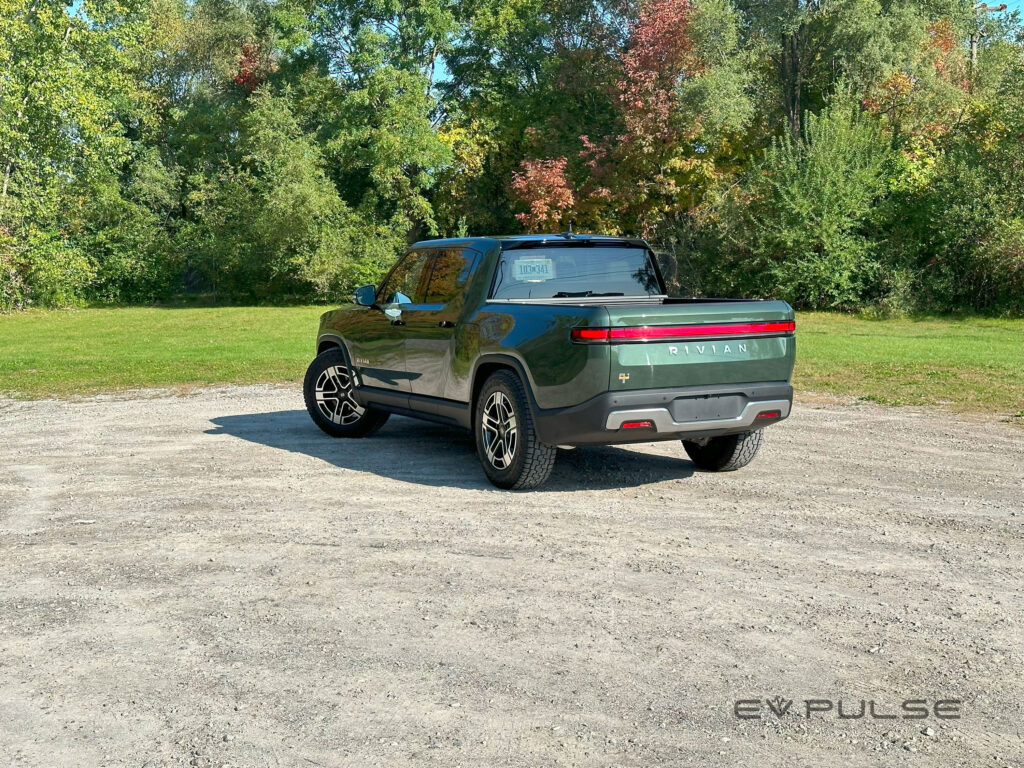It’s no secret that EVs are heavy, in fact, they can weigh 25 to 50% more than comparable combustion-powered vehicles. This added bulk doesn’t just pose a risk to other motorists and pedestrians, but roadway safety equipment may not be up to snuff.
Last October, researchers at the Midwest Roadside Safety Facility at the University of Nebraska—Lincoln conducted what is touted as a first-of-its-kind test. Researchers plowed a 2022 Rivian R1T electric truck into a commonly used roadway barrier at 60 mph to see what effect these obstacles would have on the 7,000-plus-pound truck, and vice versa. It wasn’t pretty.
A section 12-gauge corrugated steel guardrail, the so-called Midwest Guardrail System, was subjected to the Rivian’s wrath. As seen in the embedded video, the R1T sailed right through this barrier, almost like it wasn’t even there before jumping, practically Dukes of Hazzard style over a concrete barricade and into another, making a tremendous bang with each impact. Despite all the noise and carnage, the truck was in remarkably good condition, its passenger compartment saying impressively intact, a testament to the safety engineering of modern vehicles.

According to the Midwest Roadside Safety Facility, this type of steel guardrail has been tested with small cars up to 2,400 pounds and trucks that clock in at 5,000. But as more and more EVs hit the roads, the stopping performance of such barriers may not be sufficient.
It’s estimated that there are more than 100,000 runoff crashes each year, accidents where a vehicle leaves the road and impacts traffic infrastructure. Not surprisingly, these incidents result in thousands of fatalities.
“As the percentage of EVs on the road increases, the proportion of run-off-road crashes involving EVs will increase, as well,” noted Cody Stolle, assistant director of the Midwest Roadside Safety Facility in a publication from the University of Nebraska—Lincoln. “There is some urgency to address this issue.”
Similarly, “It is critical to conduct these EV baseline comparison tests to understand any potential risks to our nation,” said Genevieve Pezzola, a research civil engineer at the U.S. Army Engineer Research and Development Center. “This work is the first necessary step toward ensuring that our nation’s protection measures, such as roadside barrier systems and barriers to protect against hostile vehicles, are adapting to accommodate for the changing composition of the vehicle fleet.”
Much work will have to be done to ensure roadway barriers can manage the energy created when vehicles of different sizes crash. The forces involved in preventing a compact hatchback from leaving the road vary wildly from those of a full-size pickup, a tractor-trailer or even an EV.
Stolle said, “We need to know as much as we can now because it takes time to design new systems, evaluate them and confirm those results with full-scale crash testing.” After that, “state departments of transportation around the country can begin the process of upgrading roadside barriers to new versions with more robustness.”

It will be interesting to see what kinds of new roadway barriers are developed as a result of this research, how different they may end up being from what’s in service today. In the meantime, be safe out there.

